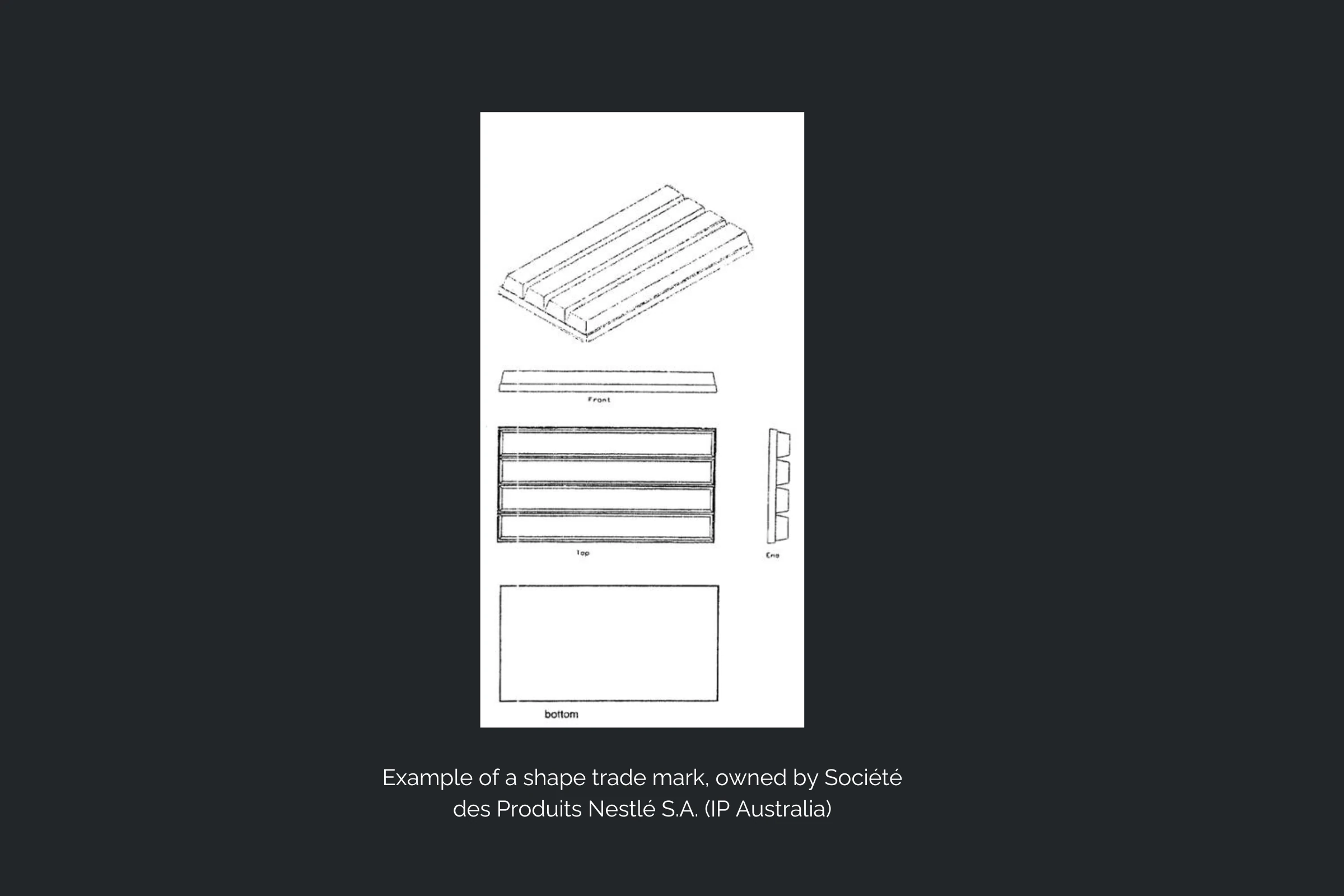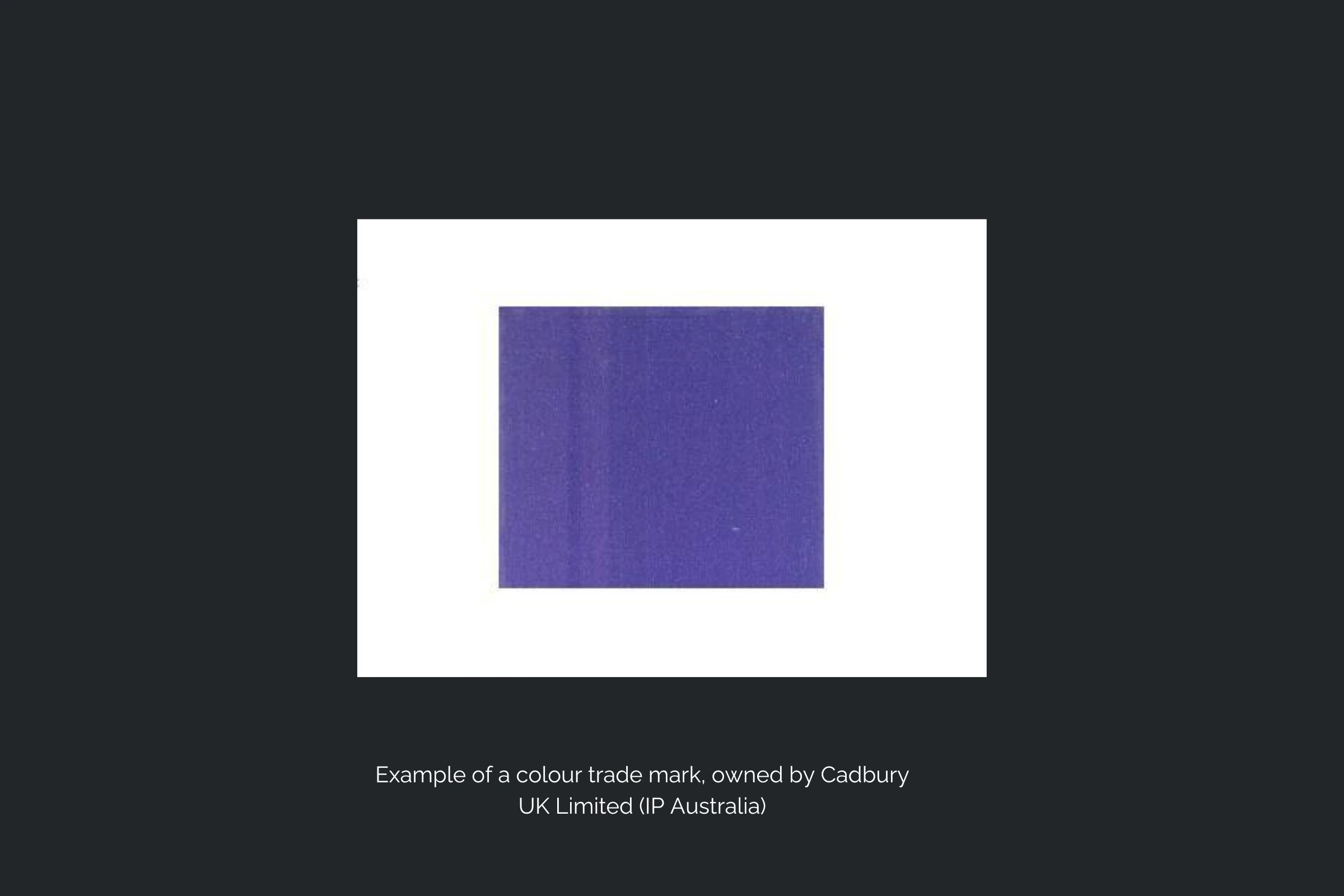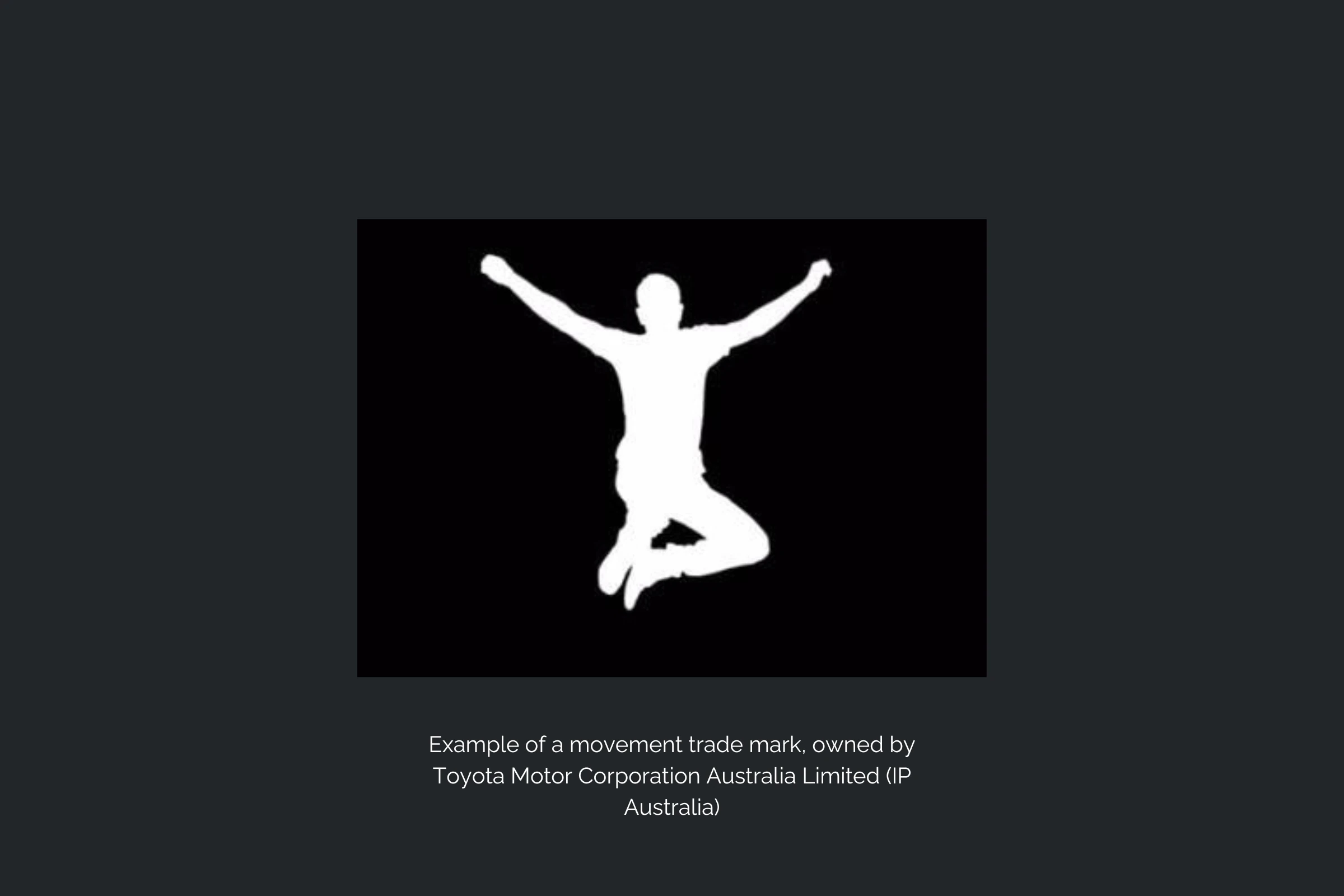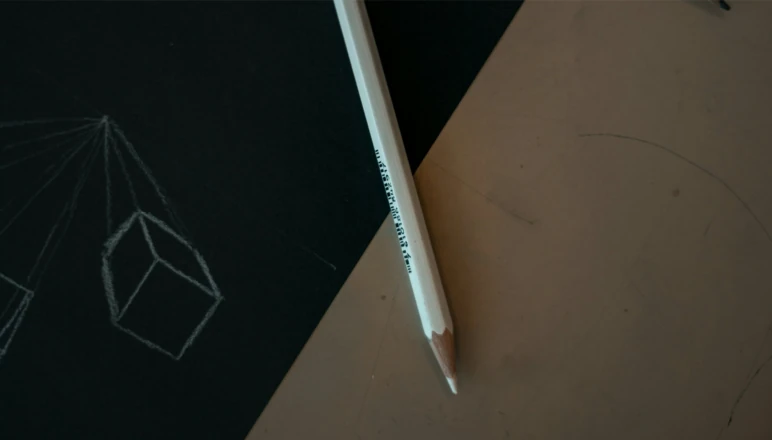Beyond Brand Names & Logos: Understanding Non-Traditional Trade Marks in Australia

By Samantha Ludemann | Associate
In the modern branding landscape, trade marks go far beyond words and logos. You can also gain protection for elements such as shapes, sounds, scents, movements, and colours which are collectively known as non-traditional trade marks.
Under Section 17 of the Trade Marks Act 1995 (Cth), a trade mark is defined as “a sign used, or intended to be used, to distinguish goods or services…”. Section 6 expands the meaning of “sign” to include:
Any letter, word, name, signature, numeral, device, brand, heading, label, ticket, aspect of packaging, shape, colour, sound or scent. ¹
Challenges in Registering Non-Traditional Trade Marks
However, obtaining registration for non-traditional marks can be difficult and often requires overcoming significant hurdles. A thesis study by Mitchell Adams analysed over 4,000 non-traditional trade mark applications filed in Australia between 1996 and 2017. The study found that shape and colour marks constitute the majority of non-traditional trade mark applications in Australia.² However, as suggested, the success rate for registering these marks is relatively low, primarily due to the requirement of proving distinctiveness.
Shape Trade Marks: Protecting 3D Product Designs
3D shape marks can include product designs that consumers instinctively associate with a particular brand. While Australia does not have a statutory functionality exclusion for trade marks, like America applying for a shape that is purely functional in nature will be difficult to meet the distinctiveness requirement. An example of a shape mark is Société des Produits Nestlé S.A’s registration for the shape their Kit Kat bar:

With the endorsement:
The trade mark consists of the shape of the goods, being four bars attached to one another by a thin base as depicted in the representations attached to the application form.³
It is not surprising that the trade mark registration also includes the endorsement that it was accepted under the provisions of subsection 41(6), meaning that Société des Produits Nestlé S.A. were able to prove acquired distinctiveness through use. And although it faced several oppositions from competitors such as Aldi, Cadbury, and Effem, the trade mark remains registered.
Colour Trade Marks:
Colour trade marks rely on the visual impression created by the colour itself and can consist of one or more colours. Colour marks, particularly single colour marks, often face challenges due to the concerns of “colour depletion”, being the monopolising of basic colours.
Cadbury UK Limited have various registrations for their iconic colour, purple. Including trade mark registration number 1120622 which includes the representation:

And the endorsement:
The trade mark is the colour purple depicted in the representation attached to the application form being approximated by reference PMS 2685C in the Pantone Colour Formula Guide and used in relation to the designated goods.⁴
While the application was initially refused, the endorsement ‘Provisions of subsection 41(6) applied’ suggest that Cadbury were able to provide evidence of acquired distinctiveness, which undoubtedly included their long-term use.
When applying for colour trade marks, it is important to include descriptions such as the accompanying Pantone code to specify the exact colour, so that the colour applied is not open to interpretation.
Movement Trade Marks: Registering Animations or Short Videos
Perhaps more common in the present day, IP Australia allows applications to register movement trade marks. Movement trade marks are visual sequences, such as animations or short videos. You may attempt to register a movement by submitting a multimedia file demonstrating the movement, accompanied by a detailed written description.
Toyota Motor Corporation Australia Limited has registered various movement trade marks. Many of these movements are the iconic “Toyota Jump”, including registration number 1500012:

With the endorsement:
The trade mark is a movement mark. It consists of a man leaping into the air from a standing start with his arms outstretched to the sides forming a star shape and pulling his legs up underneath him with his feet touching together. The image attached to the application form is a still of a scene from the video clip. The trade mark does not include words or sound. The trade mark is a movement mark as shown in the representations attached to the application form.⁵
Notably, this and many other movement trade marks, do not have the section 41 endorsement, suggesting that the distinctiveness threshold for movement marks may be assessed with a lesser evidentiary burden compared to other non-traditional marks such as single colours or 3D shapes.
Scent and Sound Trade Marks:
In contrast to the above non-traditional trade marks, scents and sounds have lower application rates, with even fewer reaching registration. A challenge adding to the underrepresentation is likely the inherent challenge of graphically representing these sensory marks. While the legal framework accommodates for non-traditional marks, empirical evidence suggests that applicants must navigate various hurdles, particularly in demonstrating distinctiveness.
If registering a non-traditional trade mark is of interest to you, reach out to us at XVII Degrees. We can help you to navigate the legal obstacles and work towards securing registration.
References:
[1] Australian Government. (2024). Trade Marks Act 1995 (Cth), ss 6, 17. Retrieved from https://www.legislation.gov.au/C2004A04969/latest
[2] Adams, M. (2022). Empirical Studies of Non-Traditional Signs in Australian Trade Mark Law (Doctoral thesis, Swinburne University of Technology).
[3] IP Australia. (2008). Trade mark registration no. 822780 – Société des Produits Nestlé S.A. (Shape) Retrieved from https://search.ipaustralia.gov.au/trademarks/search/quick
[4] IP Australia. (n.d.). Trade mark registration no. 1120622 – Cadbury UK Limited (colour purple PMS 2685C). Retrieved from https://search.ipaustralia.gov.au/trademarks/search/quick
[5] IP Australia. (n.d.). Trade mark registration no. 1500012 – Toyota Motor Corporation Australia Limited (movement mark). Retrieved from https://search.ipaustralia.gov.au/trademarks/search/quick
Featured Image by Thomas Ensley on Unsplash


